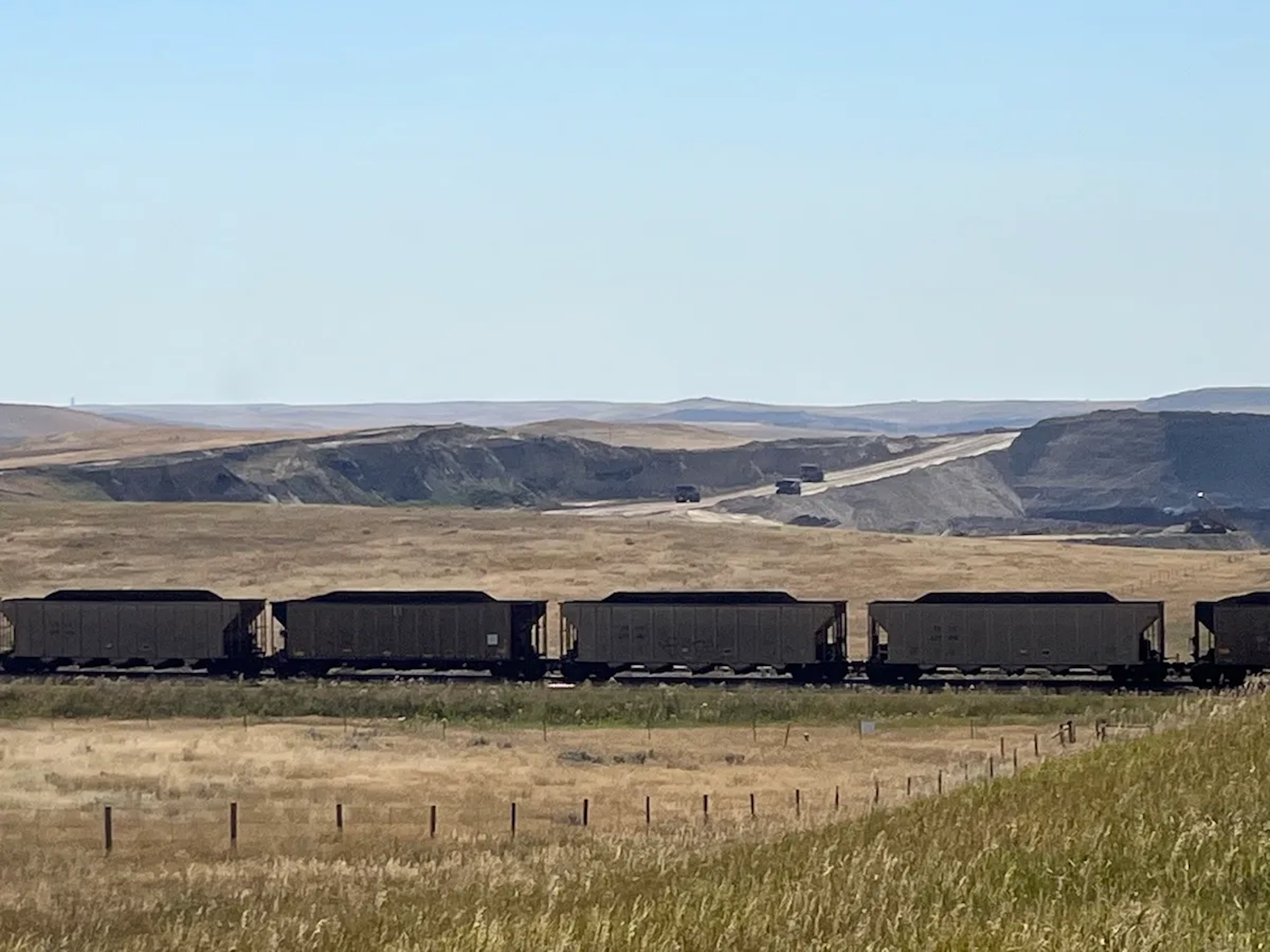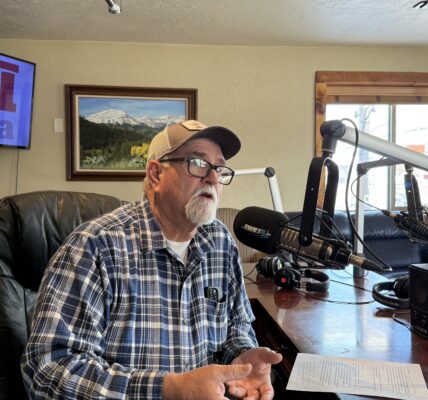
By Dustin Bleizeffer, WyoFile.com
A legislative effort to prop up the coal industry is hitting free-market headwinds.
The 2020 measure mandated that utilities looking to close coal-fired power plants first try to retrofit the facilities with carbon capture technology. Black Hills Energy, however, announced last week that it is struggling to find bidders to take on the work at two of its facilities.
None of the eight companies solicited to bid on the installation and operation of amine-solution CO2 scrubbing facilities at the Neil Simpson II and Wygen II coal-power plants outside Gillette responded with proposals, according to Black Hills Energy’s interim report ordered by the Wyoming Public Service Commission.
Black Hills did receive proposals from two companies specializing in cryogenic CO2 capture systems.
Those, however, are still under review, the company said, noting a wide estimate range that “confirms the immaturities of these technologies and the need for further development in order to define, accurately, the process equipment, layout and final footprint required,” Black Hills stated in the report. “The lack of response from amine companies was disappointing, as it is the most developed carbon capture system technology.”
The company withheld bid amounts and other proprietary information from the public version of its report. Before soliciting bids, however, Black Hills had estimated that adding carbon capture, use and sequestration facilities to the Wygen II and Neil Simpson II coal plants would increase rates for its Wyoming customers by about 15%, or a range of $22.75 to $25.34 per month for the average residential customer and $40.71 to $103.97 per month for commercial customers. It would also reduce electrical generation output at the plants by more than 30%, exposing customers — beholden to a monopolistic utility system — to additional costs for replacement power.
Black Hills is still researching the viability of using CCUS at the coal plants while continuing to solicit more bids, it said. But to attract more bids, the utility needs to conduct a “front-end engineering design” study to better define how a CCUS retrofit would function at the power plants.
Wyoming’s largest utility, Rocky Mountain Power, also filed a report on its progress to collect bids to retrofit two of four coal-burning units at the Jim Bridger power plant near Rock Springs and one of four units at the Dave Johnston plant in Glenrock. The utility notified 54 companies of its pending request for proposals in May 2022 and is currently working with about 21 potential bidders, according to its report. The company extended the deadline for bids to March due, in part, to a blizzard in December that delayed required onsite visits.
The law requiring these efforts was a legislative attempt to block utilities from retiring coal-fired power plants in the state. Analysts, however, have warned the effort, at best, only delays their inevitable demise while increasing consumers’ power bills.
Meantime, both Black Hills and Rocky Mountain Power are incurring costs to comply with Wyoming’s 2020 law that forces regulated utilities to either install CCUS technologies at coal-power plants slated for retirement or prove doing so is cost-prohibitive. Analyzing the feasibility of carbon capture retrofits, and even soliciting bids, is an expense that regulated utilities are allowed to pass on to ratepayers. Black Hills says it will ask to impose a 2% “carbon capture compliance” surcharge — the maximum allowed — on customers, generating an estimated $3.4 million annually to help cover costs to comply with Wyoming law. Those funds will also help cover the cost of engineering design studies, according to the company.
The Wyoming Public Service Commission in December approved a 0.3% carbon capture compliance surcharge for Rocky Mountain Power to generate an estimated $2 million from its Wyoming customers through 2023.
State officials hope that increased federal tax credits in the Inflation Reduction Act will help lower the cost of applying CCUS at coal-fired power plants. But so far, it’s unclear whether the super-charged 45Q tax credit program can deliver on those hopes.
Black Hills officials warned state officials in October that, historically, about half the 45Q tax credits awarded are ultimately “clawed back” due to failures to meet stringent technological and performance requirements in storing and utilizing captured CO2. Concerns about the tax credit program remain, according to the company’s latest report.
For example, rather than one well, Black Hills is working with contractors to estimate the cost and feasibility of two deep wells to pump CO2 deep underground for permanent storage.
“Two wells are necessary for redundancy and risk-mitigation for the 45Q tax recapture and operational reliability,” the company said. “Black Hills is exploring locating wells on state land to maximize funding.”
David Schlissel analyzes carbon capture systems for the Institute for Energy Economics and Financial Analysis, and has closely followed Wyoming’s effort to force carbon capture retrofits at coal plants in the state.
“We don’t think the technology [retrofitting coal plants with carbon capture] is proven, and we don’t think the economics are positive due to the ratepayers that it will hurt,” Schlissel said. “But I’m not surprised that with all the federal money [45Q tax credits] being offered that companies are showing up with their hands out.”
Ronn Smith, a consultant and former mining and power plant engineer, said the 45Q tax credit is a particularly bad fit for retrofitting aging coal power plants. It essentially incentivizes consuming coal for the purpose of producing CO2. Not only does it sap the amount of electricity a power plant can generate, but the CO2 — in some cases — would be used to produce more oil and gas that contribute to CO2 emissions and climate change.
“You’re creating a new industry where generating electricity is secondary just to manufacture carbon dioxide from coal and collect the tax credits,” Smith said. “I’m concerned, as a citizen and ratepayer. I’m also concerned because I can see a lot of red flags here. The legislation has gotten progressively more demanding and more dismissive of market forces.”
Schlissel said trying to force the carbon capture retrofits only puts Wyoming ratepayers at risk and is unlikely to result in a successful project.
“I’m sad for the workers and the communities with the power plants,” Schlissel said. “Instead of wasting time on carbon capture, the Legislature should be helping these communities with the transition to new technologies.”





